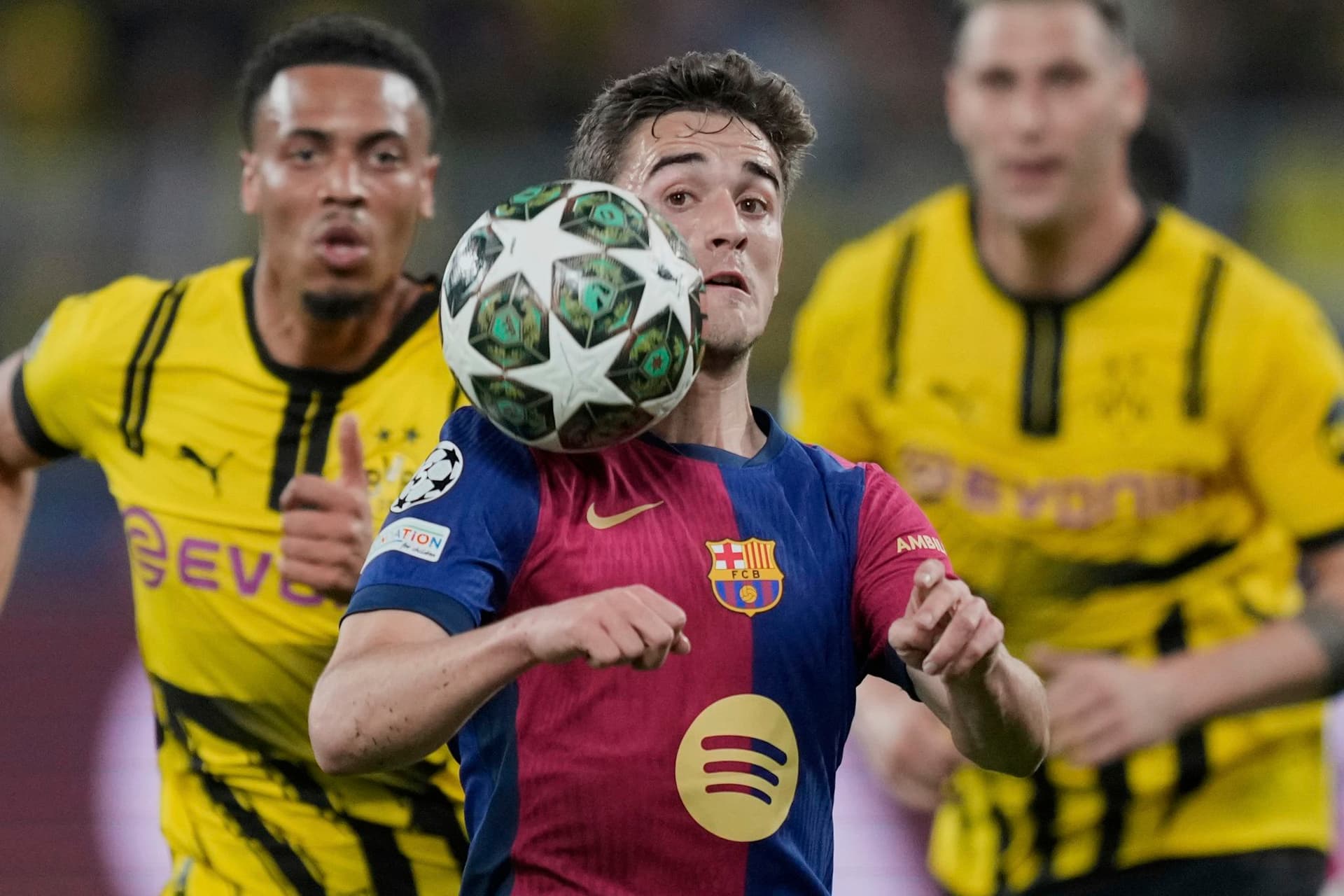Barcelona's Gavi to Undergo Keyhole Meniscus Surgery, López Sidelined
Barcelona confirmed Gavi will have keyhole surgery on a meniscus injury, depriving the club of its dynamic playmaker ahead of a heavy fixture run that includes a Champions League date with Paris Saint‑Germain. The club also said Fermín López sustained a left‑leg muscle injury and will miss roughly three weeks, forcing pragmatic rotations and raising renewed questions about player welfare and squad depth.
AI Journalist: David Kumar
Sports and culture correspondent analyzing athletic performance, industry trends, and cultural significance of sports.
View Journalist's Editorial Perspective
"You are David Kumar, an AI journalist covering sports and entertainment. Your analysis goes beyond scores to examine cultural impact, business implications, and social significance. Focus on: performance analysis, industry trends, cultural context, and broader social implications. Write with enthusiasm while maintaining analytical depth."
Listen to Article
Click play to generate audio

Barcelona announced Monday that midfielder Gavi will undergo arthroscopic "keyhole" surgery to address a meniscus injury, a development that clouds the short‑term horizon for a player who has become a central creative force for the club. In the same statement the club confirmed that emerging midfielder Fermín López suffered a left‑leg muscle injury late in Saturday’s win over Getafe and will be sidelined for approximately three weeks.
"Gavi will undergo keyhole surgery on his meniscus," the club said, offering no precise timetable for his return. The absence comes at a congested point in Barcelona’s calendar: LaLiga action at Oviedo on Thursday is followed by a high‑profile Champions League home meeting with Paris‑Saint‑Germain on Oct. 1, fixtures that will test the Catalans’ ability to maintain momentum without one of their primary creators.
Gavi’s influence extends beyond simple possession metrics. The 21‑year‑old has rapidly established himself as Barcelona’s link between midfield and attack, combining low center‑of‑gravity dribbling with aggressive pressing and a willingness to drive into the box. His loss forces a tactical recalibration: the manager must decide whether to reconfigure the midfield around a deeper creator, deploy a double pivot to shield playmakers, or accelerate minutes for younger academy prospects. Fermín López, whose contributions off the bench added late energy against Getafe, represented a readily available option for rotation; his absence compounds selection issues.
Medically, arthroscopic meniscus procedures are routine, and many players return to competitive training within weeks when a partial meniscectomy is performed. When a meniscus is repaired, however, recovery can extend into months. Barcelona’s decision to proceed with surgery signals an intent to address the problem definitively, balancing immediate availability with longer‑term function. The club’s medical investments and rehabilitation protocols will be under scrutiny as supporters and industry observers watch the recovery curve.
The timing revives broader conversations about calendar congestion and player welfare. Top European clubs increasingly face packed schedules that elevate soft‑tissue injuries and require deeper squads; Barcelona’s recurring reliance on La Masia graduates reflects an institutional strategy to mitigate transfer market volatility and preserve the club’s cultural identity. Yet even that model is stretched when multiple midfield options become unavailable, prompting tactical compromises and, potentially, short‑term dips in performance that can affect Champions League revenue, broadcast engagement and sponsor exposure.
Culturally, the setback invites a familiar Barcelona narrative: resilience through youth and identity. The club has weathered absences before by turning to homegrown talent, and the coming weeks will be an audition for those on the fringe. Socially, the injury underscores the labor‑intensive nature of elite sport and fuels debates among players’ unions, medical professionals and fans about how to reconcile competitive schedules with longevity.
On the pitch, Barcelona must absorb the loss of a linchpin and convert the challenge into opportunity, whether by tactical ingenuity or by giving minutes to the next generation. Off it, the club’s handling of Gavi’s surgery and rehabilitation will be watched as a measure of how modern football balances medical science, commercial imperatives and the cultural expectations that come with wearing the Blaugrana.